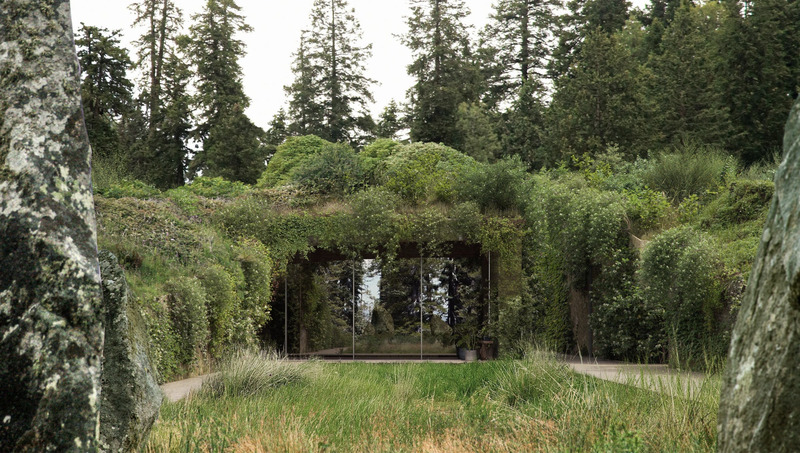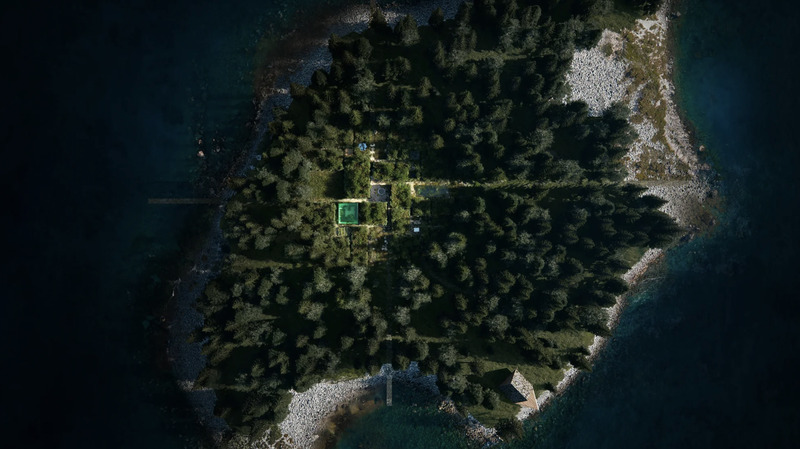
Danish architect Bjarke Ingels Group (BIG) has designed a 4.5ha, off-grid island for British active wear brand Vollebak.
Vollebak Island, off the coast of Nova Scotia, is accessible by boat, kayak or a 1.5km swim. It has no power supply and no running water. Instead, it relies on offshore wind turbines, solar panels and ground-source heat pumps to generate energy, which is stored in Tesla powerwalls.
The main accommodation will take the form of the Earth House – nine interconnected buildings constructed from natural materials such as thatch, seaweed and hempcrete and centred around a 6m-long fire pit.

There will also be a Wood House, a sunken annex built from the island’s trees, a Boat House made from seaweed and a Green House, made from emerald glass bricks, which will grow food for the island.
Bjarke Ingels, BIG’s founder, said: “Vollebak is using technology and material innovation to create clothes that are as sustainable and resilient as they are beautiful. In other words, the fashion equivalent of BIG’s architectural philosophy of hedonistic sustainability. For Vollebak Island, we incorporate local tradition elevated by global innovation in a self-sustained man-made ecosystem.”

Next month, auction-house Sotheby’s will sell parts of the island as “living art”.
Simon Shaw, Sotheby’s Global Fine Arts vice chair, said: “Vollebak Island represents the intersection of architecture, design, art and lifestyle – and is quite literally, a livable piece of land art that stands alongside the great projects of Robert Smithson, Andy Goldsworthy, Michael Heizer, Christo and Jeanne-Claude.”
